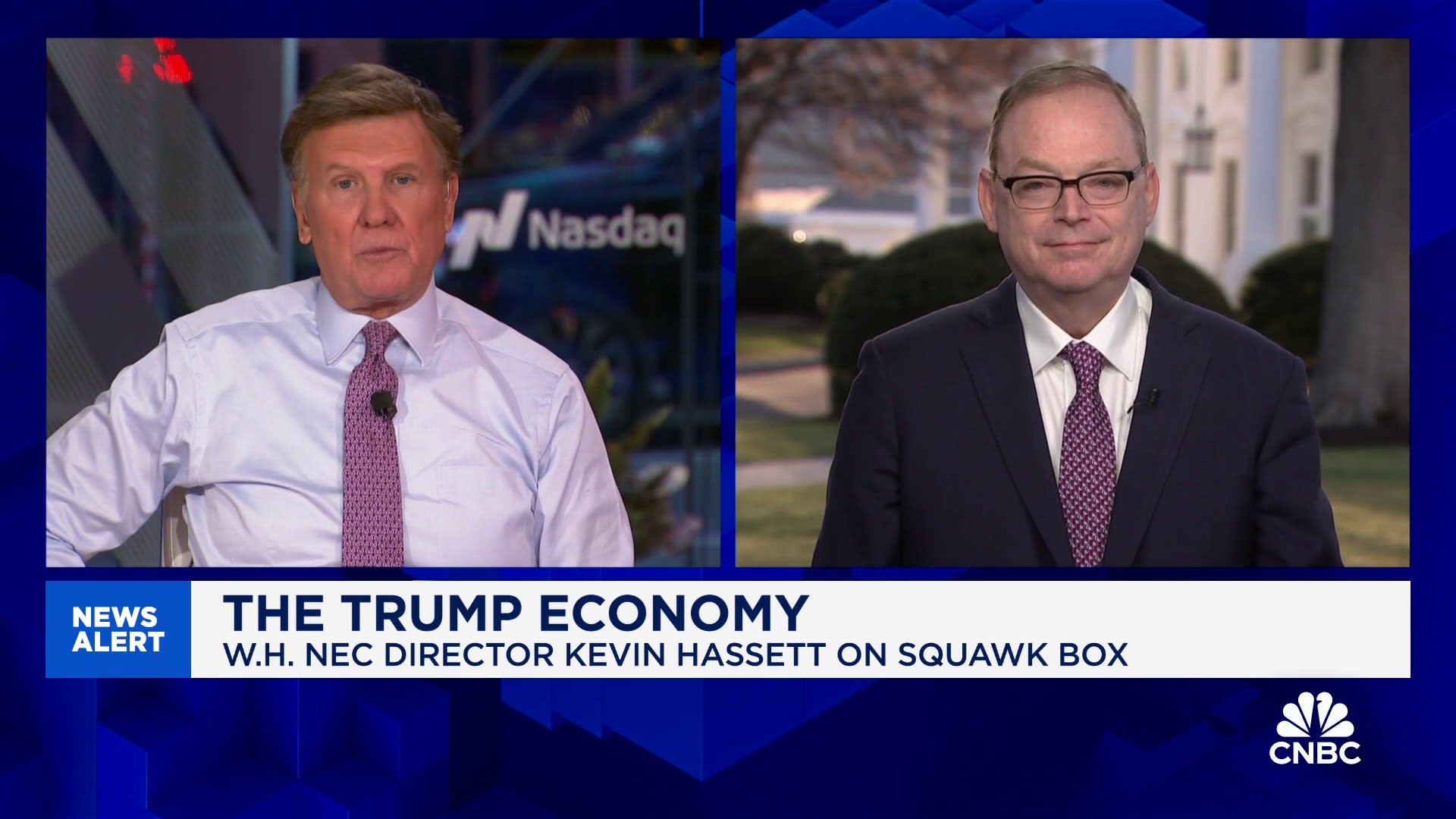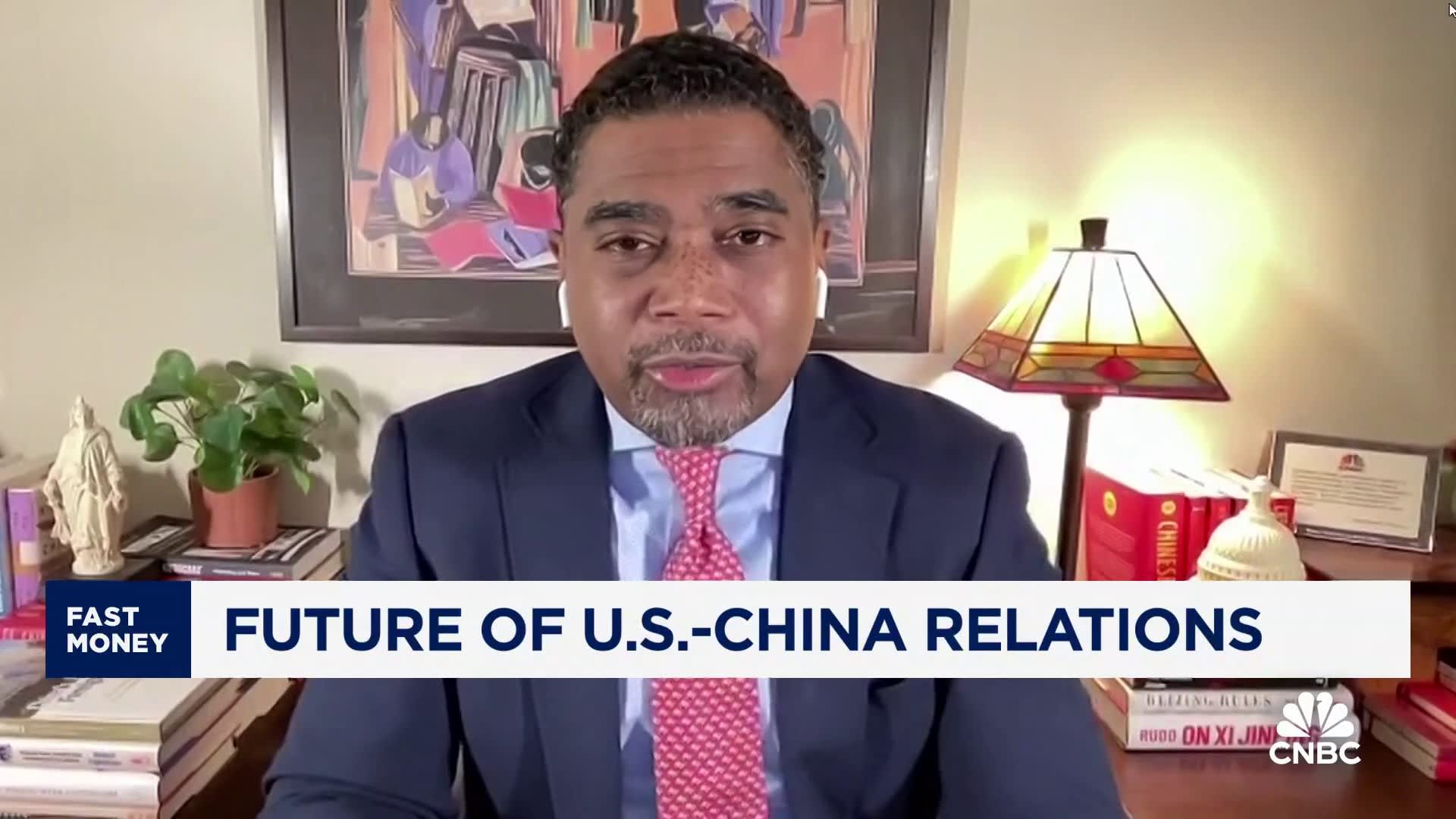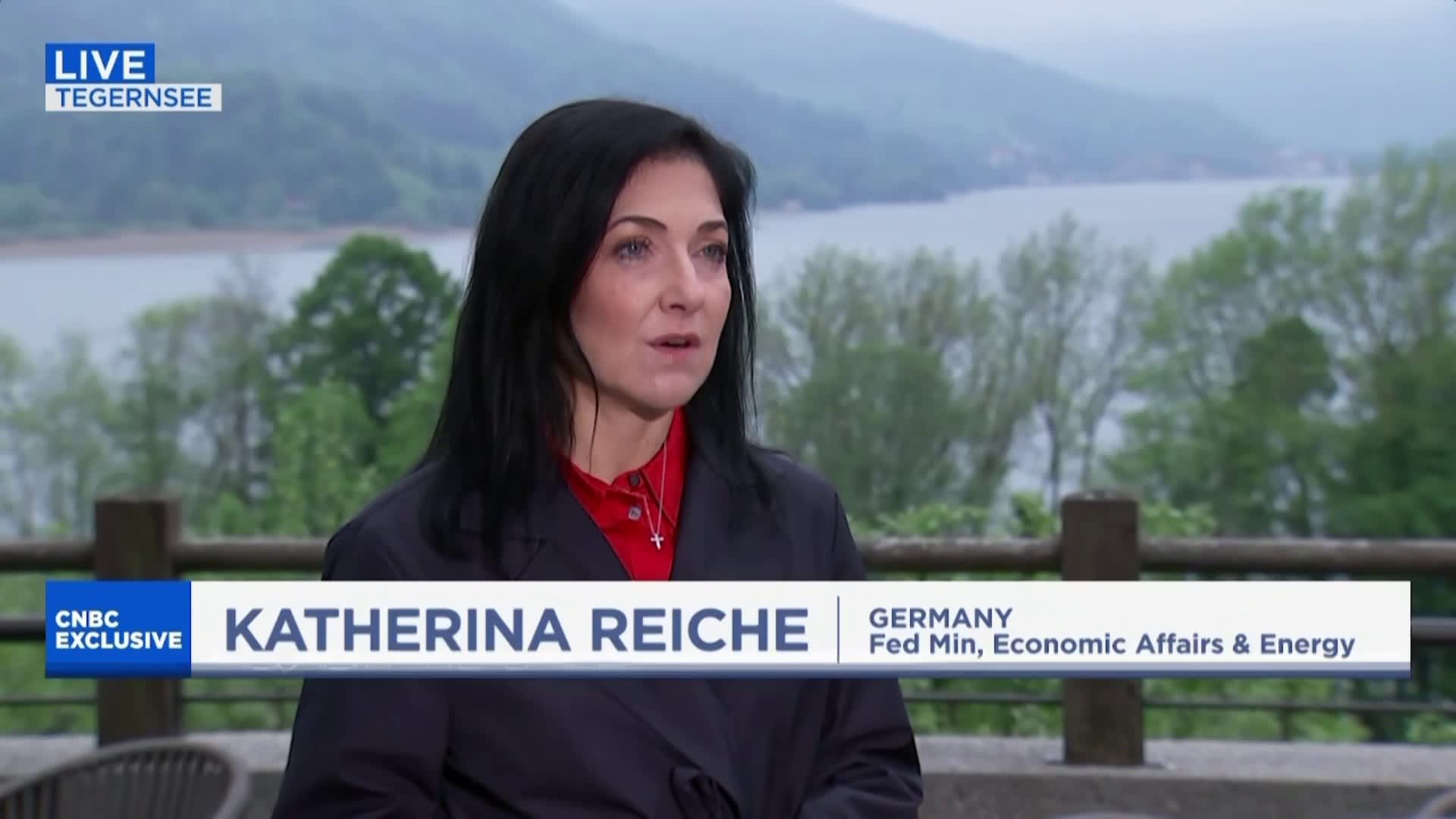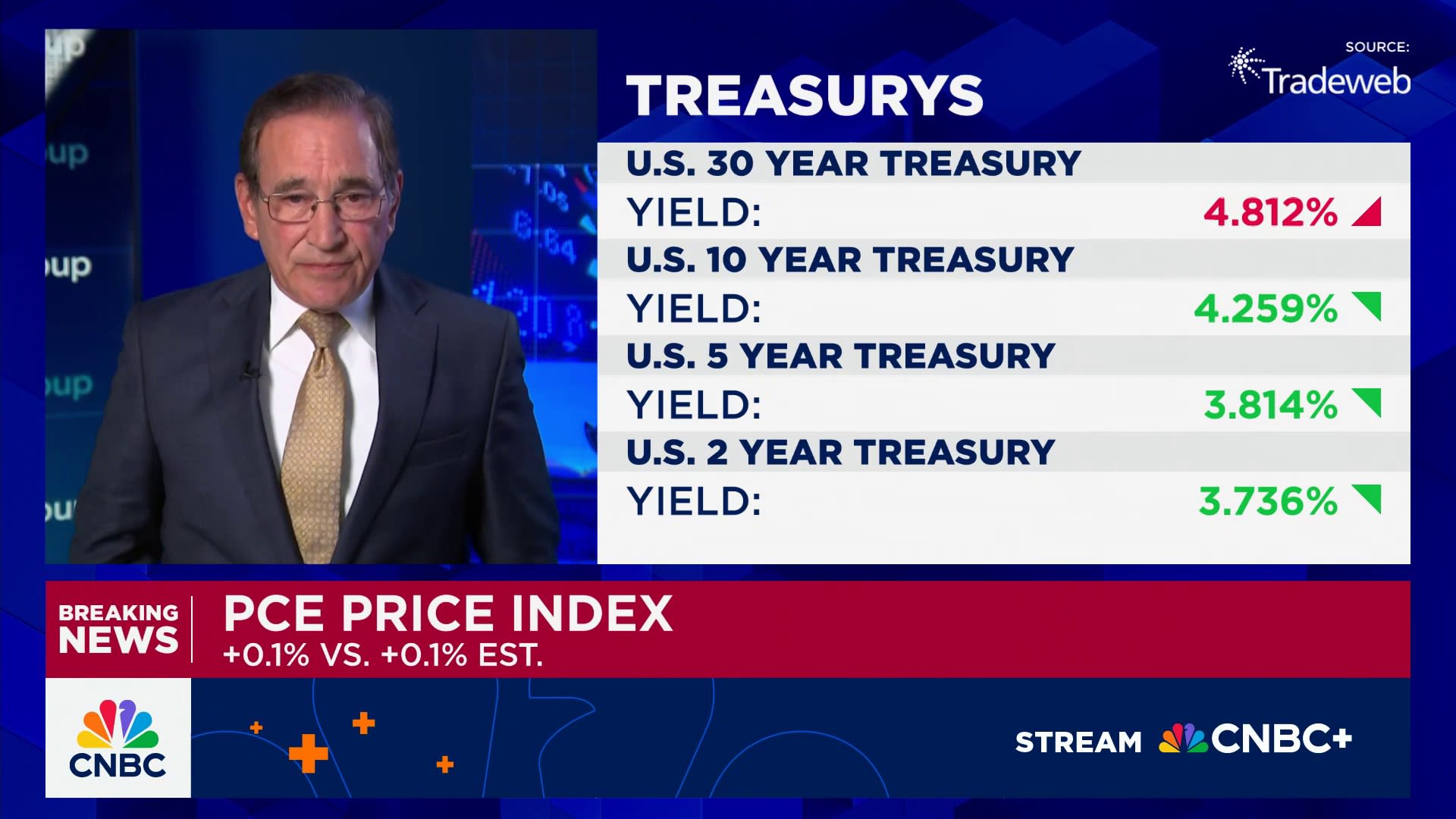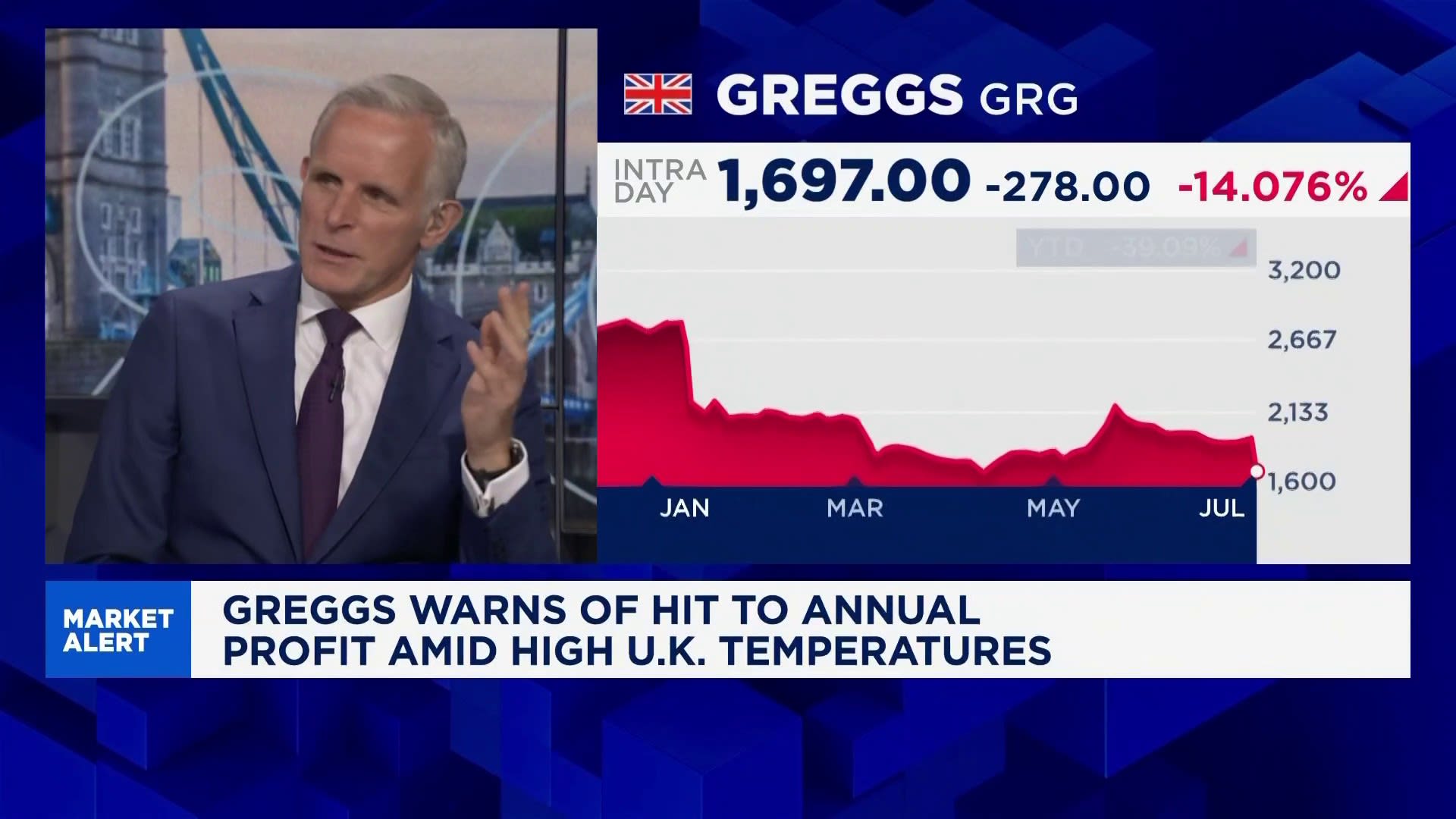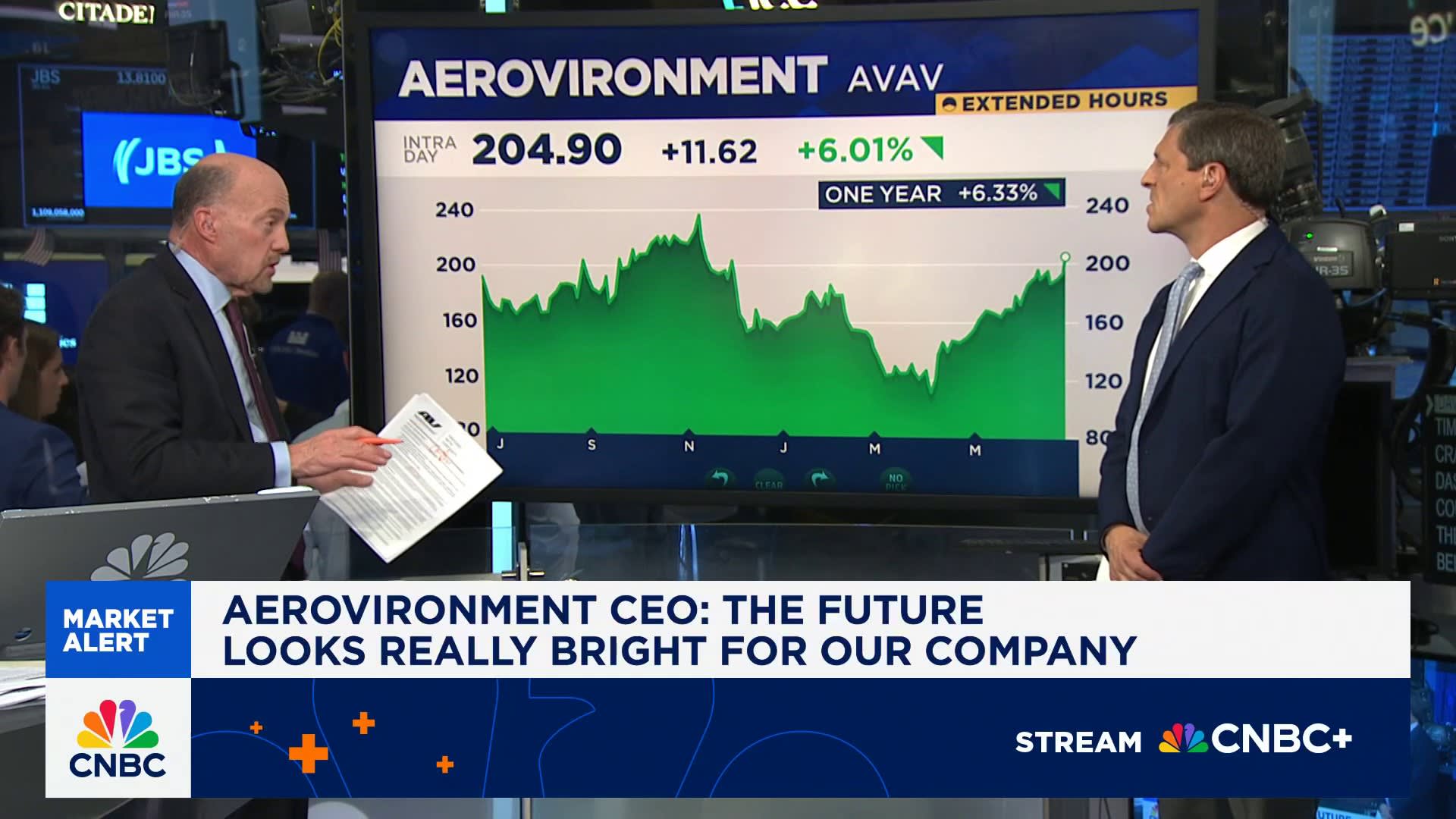Can artificial intelligence be so transformative as to solve one of the U.S. economy’s biggest problems: its skyrocketing fiscal deficit? According to three economists at the Brookings Institution, the answer is yes — AI could prove a positive “critical shock” for the country’s fiscal health.
A working paper released last month by the Center on Regulation and Markets at Brookings projects that under the most optimistic scenario, AI could reduce the annual U.S. budget deficit by as much as 1.5% of gross domestic product by 2044, or about $900 billion in nominal terms, lowering annual budget deficits by roughly one fifth at the end of the 20-year span.
“The use of AI presents the rare — possibly unique — opportunity to expand access to health care information and services while simultaneously reducing the burden on the conventional health care system,” the paper’s authors, Ben Harris, Neil Mehotra and Eric So, wrote.
While the authors name various channels through which AI can increase productivity, they highlight AI’s potential to dramatically improve health care services and public health.
Not only could AI make American health care more efficient, it might also “democratize” access to the system by giving people more options for preventative medical care — “changing the ‘who’ and ‘where’ of health care,” the economists wrote.
AI could ease deficit pressure
The economic impacts of a more efficient health care system, and giving individuals more paths to manage their own health, could ease pressure on the government’s yawning fiscal deficit, which topped $1.8 trillion in the fiscal year ended Sept. 30. The national debt stands at $36 trillion.
But adopting AI in health care services isn’t a sure thing. Plenty of impediments stand in the way of widely implementing AI, largely tied to regulation and incentives.
Economists’ outlook on AI and health care is “a mix of enthusiasm and despair,” said Ajay Agrawal, a professor at the University of Toronto’s Rotman School of Management ,where he researches the economics of artificial intelligence.
“Enthusiasm because there’s probably no sector that stands to benefit more from AI than health care. … But there’s friction due to regulation, due to incentives — because of the way things are structured and how people are paid for things — and friction due to the associated risks and liabilities,” Agrawal said.
“So yes, there’s lots of implementation challenges, and at the same time, the prize for succeeding at this is very big,” Agrawal said.
Health care and the deficit
The federal government spent an estimated $1.8 trillion on health insurance in 2023, or around 7% of GDP, according to the Congressional Budget Office. From 2024 to 2033, the CBO forecasts federal subsidies for health care will total $25 trillion, or 8.3% of GDP.
The problem is that so much health care spending in the U.S. isn’t tied to treatment or patient outcomes. Instead, about a quarter of all spending, public and private, is estimated to go toward administrative functions.
“Nearly every industry in the U.S. has experienced substantial improvements in productivity over the last 50 years, with 1 major exception: health care,” according to a report by McKinsey analysts.
This is one area where AI could improve operations, according to the Brookings Institution economists. Basic tasks such as appointment scheduling can be automated, while tasks such as patient flow management and preliminary data analysis can also be done by AI programs.
While the three economists acknowledge that the impact of AI on federal spending is still “highly uncertain,” the coauthors believe it could ultimately be more transformative for the economy than past technological leaps, such as the use of personal computers in the 1990s. The current AI shock “feels different. This isn’t your typical technological shock,” Harris told CNBC.
AI is affecting “how people receive health care,” how the drug industry discovers new products and how researchers make medicine more precise, Harris said.
Disease and death rates
In particular, Harris underscored AI’s impact not just on productivity, but also its potential to transform the cost of care and the rates of illness, disease and death.
“Such changes could have profound impacts on Social Security and public health program outlays,” he and his coauthors wrote.
To be sure, there is also the potential that AI advancements could counterintuitively increase federal spending if the average lifespan increases as a result of the technology. Not only could improved technology lead people to seek more medical care, longer lifespans might also result in a larger retired population.
But the Brookings paper takes a more optimistic tack, predicting one of AI’s largest benefits will result from accelerating the efficacy of preventative care and disease detection. This will create a healthier population that will need less medical intervention, the authors wrote — and might also increase labor force participation rates if a healthier workforce stays employed for more years.
“AI’s ability to improve diagnostic accuracy can not only improve patient outcomes but also reduce wasteful spending on inappropriate treatments,” the economists said. “From a more optimistic perspective, existing AI systems may lower expenditures on all health spending, including Medicare, with cost reductions occurring through several channels—with personalized medicine being a prominent example.”
Evaluating whether AI can ultimately translate into a positive or negative shock on fiscal policy will depend on what stage of the age distribution it affects, Agrawal said. Whether AI is “having its bigger impact on retired people, or around working people,” will answer how the numbers play out, Agrawal said.
AI proliferating already
So far, diagnostics has shown the most advances and greatest potential in applying AI in health care. Agrawal cited AI’s influence throughout almost all the steps of diagnostic care, from receiving input data, medical imagery such as X-rays and MRIs, as well as doctor notes, charts.
“In almost every area of diagnosis, AI has, in some cases, already demonstrated what they call ‘superhuman performance’ — better than than most docs,” Agrawal said.
AI has also shown “significant promise” in better optimizing treatment plans for patients through data analysis. Machine intelligence can develop more effective and less costly plans for individual patients, according to the authors of the paper.
Agrawal believes it’s too early to say whether public or private health systems will take better advantage of AI. In the U.S., private insurers have generally been more keen on AI technology associated with preventative treatment, he said. There’s been less interest in using AI in diagnostic applications, possibly that might lead to a rise in cases and more treatment, he said.
“There aren’t clear economic incentives for the private sector to [implement] that,” said Agrawal. “In the public sector, even though there are incentives, there are a lot of frictions associated with privacy on the data side.”
He believes public-private partnerships will be key in driving the rollout of AI across health care.
The public health care sector “will need very strong incentives in order to drive change, because otherwise, everybody is in their routine. There’s a lot of resistance to change,” Agrawal said.
“So to get over that resistance, you need a very strong motivator, and the private sector generally provides a much stronger motivator, either because the users are trying to reduce cost, or the creators of the technology are trying to generate profit,” he continued.
Large tech companies have already pushed forward in developing large language models specifically for health care services. Google’s AI system, Articulate Medical Intelligence Explore (AMIE), mimics diagnostic dialogue. Its Med-Gemini platform uses AI to aid in diagnosis, treatment planning and clinical decision support. Amazon and Microsoft have their own projects underway to expand the application of AI programs in health services.
Outlook under Trump
President-elect Donald Trump’s second term could alter the rollout of AI in health care, and ultimately, its economic impact. Trump has vowed to reduce government spending and formed an outside panel called the Department of Government Efficiency designed to “dismantle Government Bureaucracy, slash excess regulations, cut wasteful expenditures, and restructure Federal Agencies.” Public health funding is one area that could reduced funding, frustrating the ability to roll out AI applications.
“Now, it is possible that if you do see a retreat in the federal government’s role in providing health care to people, that more efficient AI could help compensate for the cost of that retreat,” said Harris. “If AI means that each dollar goes farther, then I think we’ve timed everything in a sort of lucky way.”
There’s also the chance that rolling back regulations under a second Trump administration could expedite the implementation of AI across health care.
“Many people are fearful of reducing regulation because they don’t want technologies that are immature to be brought into the health care system and harm people,” Agrawal said. “And that’s a very legitimate concern. But very often what they fail to also put into their equation is the harm we’re causing people by not bringing” in new technologies, he added.
“Some areas need a lot more technical development, but there are some domains in diagnosis that are already ready to go, and it’s just regulation that’s preventing them from being used,” Agrawal said.
